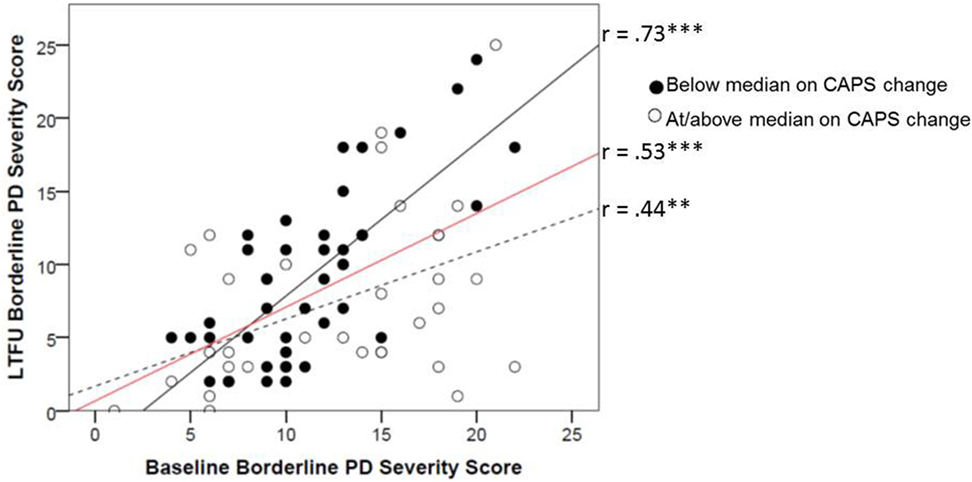
Caps Clinician Administered Ptsd Scale Pdf Drawings
Post-traumatic stress reactions in children The broad categories of symptoms (re-experiencing, avoidance/numbing and increased arousal) are present in children as well as in adults. The requirements of DSM criteria for the diagnosis of PTSD in children are that children must exhibit at least one re-experiencing symptom, three avoidance/numbing symptoms and two increased arousal symptoms. From the age of 8–10 years, following traumatic events, children display reactions closely similar to those manifested by adults. Below 8 years of age, and in particular below the age of 5 years, there is less agreement as to the range and severity of the reactions.
Have suggested an alternative set of criteria for the diagnosis of PTSD in children, placing more emphasis on regressive behaviours and new fears, but these have yet to be fully validated. Traumatic reactions in children have been less extensively studied than in adults and there are few naturalistic, longitudinal studies mapping the natural history of these reactions. It has long been recognised () that it is much more difficult to elicit evidence of emotional numbing in young children. Arturia analog lab keygen.

Other items indicating avoidance reactions in children simply are not relevant, thereby making it difficult for children to meet DSM criteria for that part of the diagnostic algorithm (although this does not apply to the ICD diagnosis). In general, it is agreed that children display a wide range of stress reactions. To some extent these vary with age, with younger children displaying more overt aggression and destructiveness. They may also show more repetitive play about the traumatic event, and this may even be reflected in repetitive drawing. Family influences As with other anxiety disorders, children’s reactions are influenced by parental reactions. In addition to modelling on their parents’ reactions (social influence) there are probably also inherited dispositions to react adversely to traumatic events (genetic influence).
Clinician-Administered PTSD Scale (CAPS), for both, patients in the active phase of cancer treatment and patients in the follow-up phase of cancer treatment. The most significant result obtained from this study is that most of the patients, both in the. At 3-month follow-up, we assessed posttraumatic stress symptoms with the validated German version of the Clinician-Administered PTSD Scale (CAPS) (Blake et al., 1995) and the self-rated Posttraumatic Diagnostic Scale (PDS) (Breslau et al., 1999).
This has not been adequately studied in relation to in children. What is clinically described and widely accepted is that children are very sensitive to their parents’ reactions – both to the event itself and to talking about it afterwards. Children often say that they choose not to discuss a traumatic event and/or their reactions to it with their parents, as they do not wish to upset the parents further. This is, in part, one of the reasons for the finding that even more than with other anxiety disorders, parents grossly underestimate the degree of stress reactions experienced by their children. Thus, one cannot rely solely on parental report when making diagnoses or estimating prevalence.
A study by suggested that in an Australian bush fire, the children’s reactions to the event were fully accounted for by the mothers’ own mental health, rather than by the exposure to the fire. However, as mothers had rated both their own adjustment and that of their children, this finding was suspect. Subsequent studies (for example ) have found that direct exposure is usually a stronger determinant of child reaction, with maternal reactions being important modifying influences. It is important therefore always to consider the nature and extent of a child’s exposure to a traumatic event. Multiple versus single trauma Many children presenting with symptoms of may have been subjected to multiple traumas such as childhood sexual abuse or domestic violence. The most common form of multiple trauma for children that has been studied and investigated is childhood sexual abuse, which often occurs in secret and is repeated over a long period. The traumatic reactions associated with such multiple trauma can be usefully construed as similar to those that follow from single traumas, although issues of abuse of power, loss of trust and so on do make them different.
Although there is evidence that the social circumstances and events surrounding multiple traumas for children may have consequences for their future management (), the evidence does not support the idea that multiple traumas are associated with significantly different outcomes or that the treatment required for PTSD is significantly different when compared with single traumas. Prevalence Most epidemiological studies have been of older young people and adults. Reported a lifetime prevalence of 6% in a community sample of older young people.  Reported a lifetime prevalence of 10% using data collected from older young people and adults in the US National Comorbidity Survey.
Reported a lifetime prevalence of 10% using data collected from older young people and adults in the US National Comorbidity Survey.